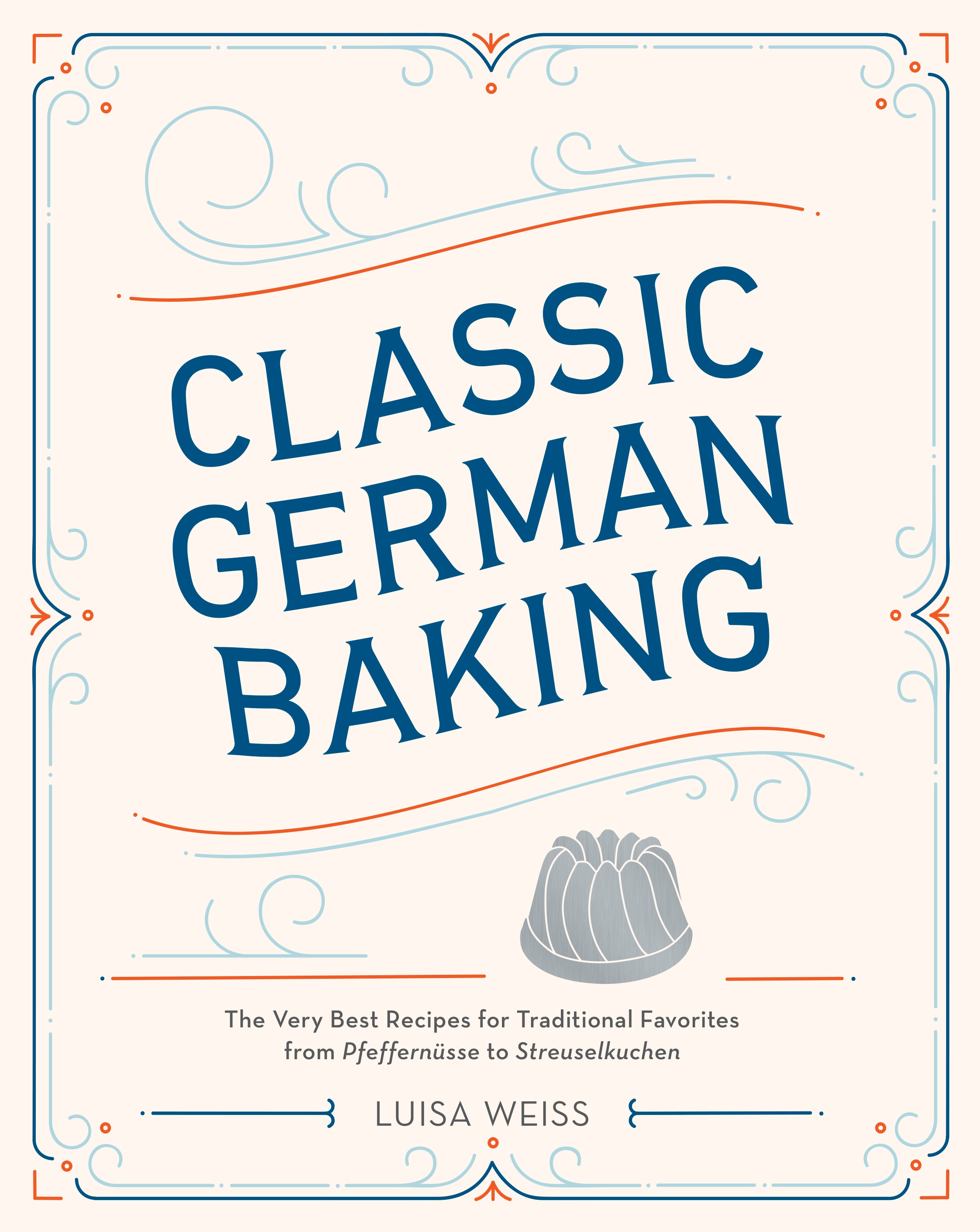




Classic German Baking is full of nostalgia and tradition from Luisa Weiss and her Berlin kitchen.
I have a soft spot in my heart for dowdy cookies and cakes. You know the ones: old-fashioned, unassuming, and not too sweet—the kind of thing your grandmother probably grew up eating or the sort of cookie you’d feel good giving to your toothless baby to gum on. You’d barely even register them if they showed up next to a towering, sexy, fudge-frosted layer cake. But what they lack in looks they more than make up for in flavor.
These Zwieback (which means “twice-baked”) are the quintessential plain-Jane cookie. Their base is a simple sponge loaf with walnuts folded in. Once baked and cooled, the loaf is thinly sliced, and then the slices are baked until they turn faintly golden. Out of the oven, the cookies—subtly fragrant with toasted walnuts—get more and more crisp as they cool. They’re addictive in their own quiet way. The Zwieback keep for a good long while and are excellent either at teatime or served with fruit sorbet for a very chic dessert.
You can swap out the walnuts for other nuts, such as almonds or hazelnuts (which should be skinned and toasted before being coarsely chopped; add tiny dried currants (as in the photograph), or, for a cookie with Austrian flair, use pumpkin seeds.
38 cookies
- Preheat the oven to 350°F/180°C. Line a loaf pan with parchment paper, letting the sides hang over the edge to function as a sling after baking.
- Place the egg whites in the bowl of a stand mixer fitted with the whisk attachment. Add the salt. Whisk at medium speed until the eggs are starting to bubble. Increase the speed and whip, adding the sugar slowly by the spoonful, until the egg whites are stiff and glossy and the sugar has completely dissolved. (Rub a bit of the egg mixture between your thumb and forefinger to test for undissolved granules.)
- Sift the flour over the beaten egg whites and fold in, taking care not to deflate the mixture much. Fold in the chopped walnuts. Very gently scrape the batter into the prepared pan and smooth the top.
- Place the pan in the oven and bake for 25 to 30 minutes, or until the loaf is only very faintly browned. Remove the pan from the oven and let cool completely on a rack before using the parchment paper as a sling to remove the loaf from the pan. Wrap up the loaf in the parchment paper and let sit at room temperature overnight or for at least 8 hours.
- The next day, preheat the oven to 350°F/180°C. Line two baking sheets with parchment paper.
- Unwrap the loaf, which will feel sticky or tacky. Slice the loaf into scant 1⁄8-inch-/3mm-thick pieces and place as many slices on each prepared baking sheet as will fit. Place one baking sheet in the oven and bake for 12 to 15 minutes, or until the cookies are firm to the touch and only faintly toasted. They will crisp up as they cool. Remove from the oven and let cool briefly before transferring the cookies from the pan to a rack to cool completely. Repeat with the second baking sheet.
- Let the crisps cool completely before storing them in an airtight container, where they will keep for at least 2 weeks
Reprinted with permission from Classic German Baking, by Luisa Weiss, copyright 2016, published by Ten Speed Press, an imprint of Penguin Random House LLC.
